What is it about brilliant writing and alcohol? Men like Faulkner, Thomas, Poe, Chandler, Capote, Hemingway and Joyce were no stranger to the bottle. Meanwhile, Patricia Highsmith said that strong drink enabled her to “…see the truth, the simplicity, and the primitive emotions once more.” One of the giants of English Noir crime writing, Derek Raymond, seems to have been in an alcoholic haze for most of his adult life. So, what do we make of the short life of Ted Lewis who died at the tragically young age of 42 from an alcohol related illness?
Lewis was born in Manchester in 1940. His family moved to the Lincolnshire town of Barton-on-Humber in 1947, and Lewis’s formative years were spent in the distinctly unfashionable milieu of what we now call Humberside. Despite his parents’ objections, Lewis spent four years at Hull Art School. His experiences there make up the narrative of his autobiographical tale of young men and their relationships, All the Way Home and All the Night Through, which was published in 1965.
The creation of Carter
By this time Lewis was working as an animator in London, but in 1970, Michael Joseph published the novel for which Lewis is best remembered – Jack’s Return Home, which was filmed as Get Carter in 1971
The title poses a conundrum. In 1960, Tony Hancock and his crew recorded a spoof melodrama, as part of The East Cheam Drama Festival. It’s title? Jack’s Return Home. If you want a good giggle, click the link, and you will be transported back to a Golden Age of English humour. Did Lewis borrow the title from scriptwriters Alan Simpson and Ray Galton? I think the clue comes near the beginning of Jack’s Return Home, when Jack Carter goes through his late brother’s record collection, and finds an LP called This is Hancock, probably the fictional version of Pieces of Hancock, which contains the East Cheam Drama Festival sketch.
Get Carter is a screen classic, and was in third place in our list of the 20 greatest classic crime movies. The storyline is well known, but the brief outline is that Jack Carter, a London gangland enforcer, returns to his home town in North East England to investigate the suspicious death of his brother and in doing so sets himself on a collision course with local criminals. The film does diverge from the book, however. It is set in Newcastle, but Lewis makes it very clear that the Carters’ home patch is Scunthorpe. Director Mike Hodges, did not take the risk of using the Lincolnshire steel town as a location. Mostly because of its name, Scunthorpe has something of a comical reputation, and the eventual setting of Newcastle offered much more in the way of visually iconic scenery. Also, the book has the time and the space to explore the ambivalent relationship between Jack and Frank Carter. Brothers, and yet complete opposites in lifestyle choices and character. Brothers divided by career, but bound together by shared childhood happiness.
The Jack Carter Trilogy comprises two more episodes in Carter’s career. Jack Carter’s Law (1974) is a prequel to Jack’s Return Home, while Jack Carter and The Mafia Pigeon (1977) is an attempt to make Carter’s world a little more cosmopolitan, as he is sent on an enforced holiday to a Spanish resort and has to deal with some dangerous foreign villains. Both books are widely considered to be much weaker than the original novel. Be this as it may, despite a pretty dire Hollywood remake of Get Carter, Ted Lewis’s stock is still quite high in America and this autumn sees his three Jack Carter novels reprinted as high quality paperbacks by Syndicate Books, which also brought out a new edition of GBH earlier this year.
Introducing Plender
In Plender, (1971) Lewis offered not a sequel, but a searching look at a criminal world where violence is a way of life.There is a slightly less grounded feel to the book, as Plender – who is violent just like Carter – does not work for common or garden gangsters like Jack Carter’s Fletcher brothers. Instead, he is employed as a small cog in a huge criminal enterprise known only as The Movement. Billy Rags (1973) starts in a maximum security prison, and follows Billy Cracken as he breaks out of jail in an ultimately doomed attempt to make the world dance to his tune.
Before we look at Lewis’s final work we need to mention two curiosities. In Boldt (1976) the author takes us to the USA, and critics have said that the tale of a white cop in a mid-western town is informed more by TV and movie cliches than any real sense of the authentic America. The Rabbit (1975) covers similar ground to Lewis’s first novel in that it explores the world of young men growing up in post-war provincial England. The absence of professional criminals from the narrative does not mean a lack of cruelty – either physical or psychological.
And GBH…
By 1980. Ted Lewis had been sucked into a spiral of alcohol dependence. He was separated from his wife and family and, despite the fame afforded him by the success of Get Carter, had returned to north Lincolnshire, and was living with his mother in Scunthorpe, where he died in 1982. GBH was published in 1980, and in many ways, it is Lewis’s apotheosis. The central character, George Fowler, is not a gun-for-hire but boss of his own criminal empire. The book relates the slow unraveling of Fowler’s world. The writing is lean, muscular and elemental, and there is not a word or phrase wasted. The sense of alienation is heightened by the chapter headings which simply alternate between The Smoke, and The Sea. The Smoke is, of course, Fowler’s London heartland, but The Sea is the bleak landscape of an out of season seaside town – Mablethorpe. The Lincolnshire resort is somewhere that Lewis would almost certainly have visited in his childhood summers, but its tawdry, windswept and wintry dereliction is the perfect backdrop for Fowler’s downfall.
So, what is Ted Lewis’s legacy? His writing lit a torch for those who sought to explore the darker places in men’s souls, and Raymond Chandler’s words, “The crime story tips violence out of its vase on the shelf, and pours it back down into the street where it belongs,” might be an appropriate epitaph. It may be that authors cannot write with the violent intensity that Lewis used and remain sociable and sane, but let the last words come from another Noir genius, Derek Raymond. In his afterword to GBH he said: “He is an example of how dangerous writing can be when it is done properly, and Ted Lewis’s writing proves he never ran away from the page. No – because with Ted Lewis, the page was the battle.”





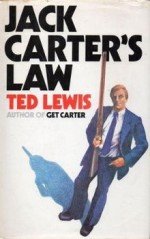
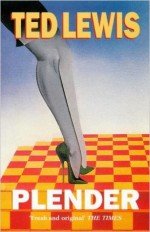
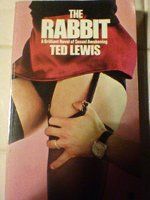
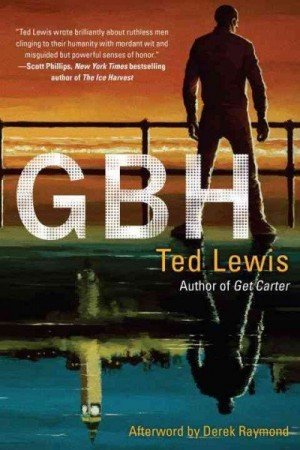




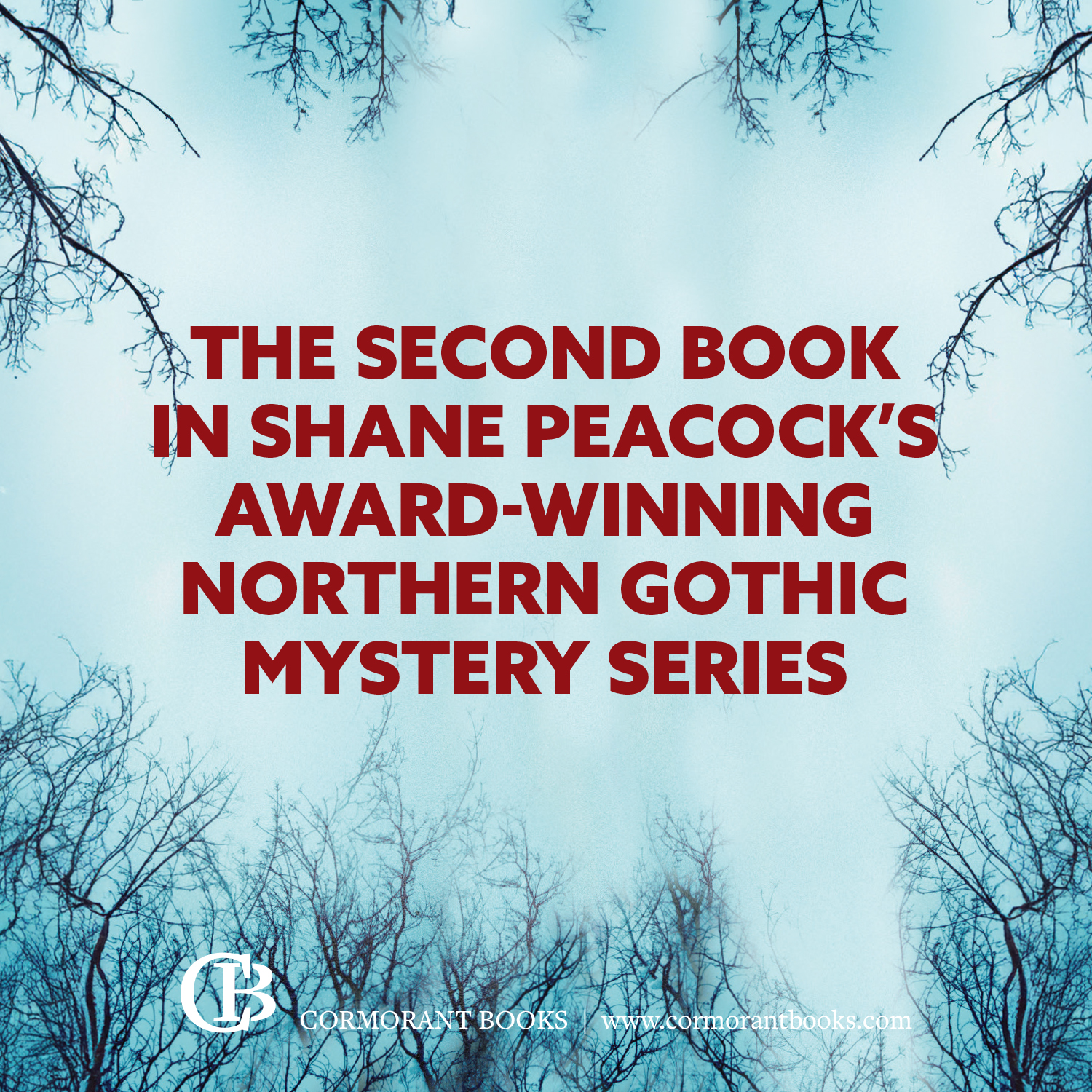

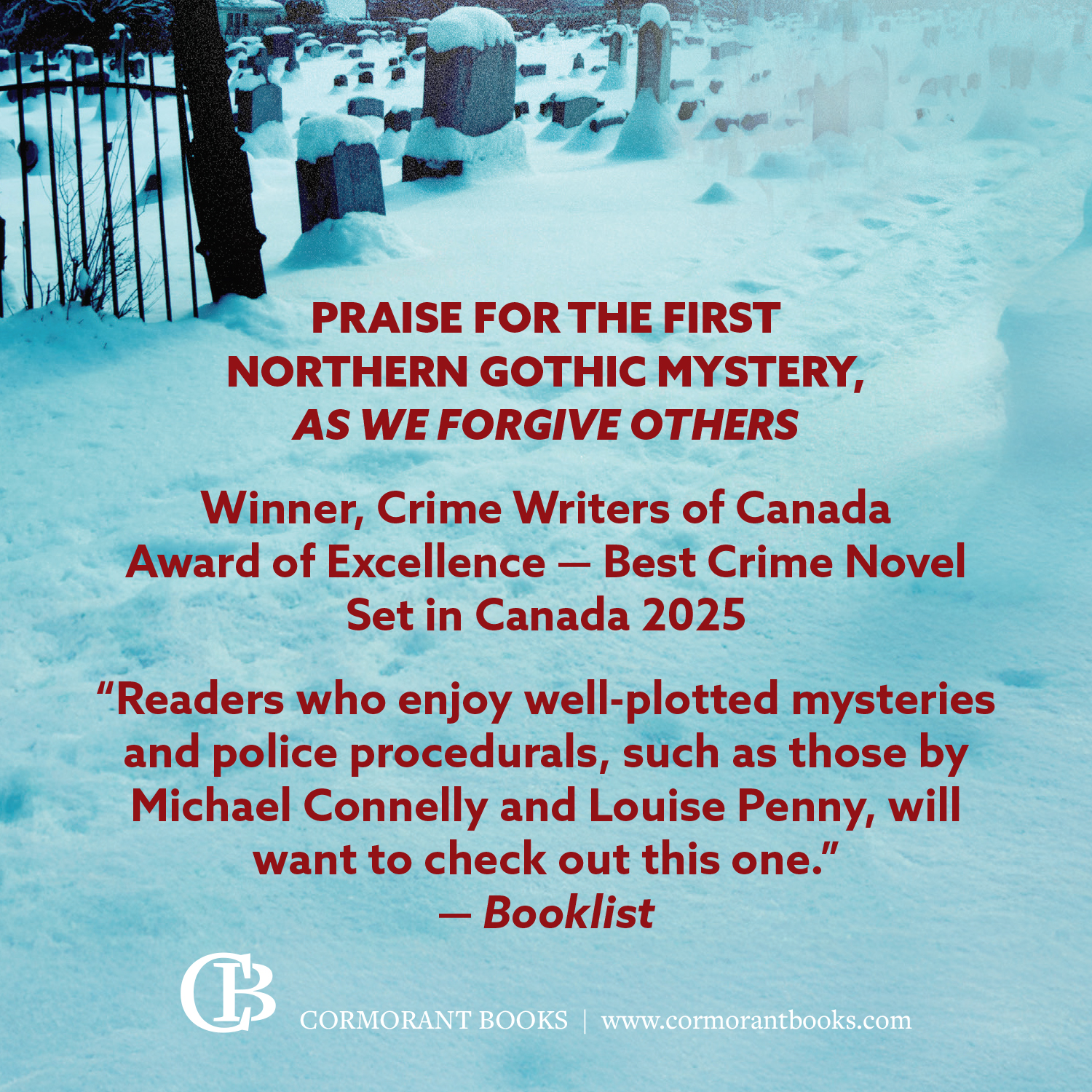
I must admit I had never heard of this man. I very much enjoyed Get Carter though – even the sad ending!
I have written the first bio of Ted who lived in Barton where I also rside. It’s on Amazon ‘Ted Lewis, Novelist, Artist, Musician. Hard or Soft Boiled’
Thanks for letting us know, Monty. We’ll have a look. All the best – CFL